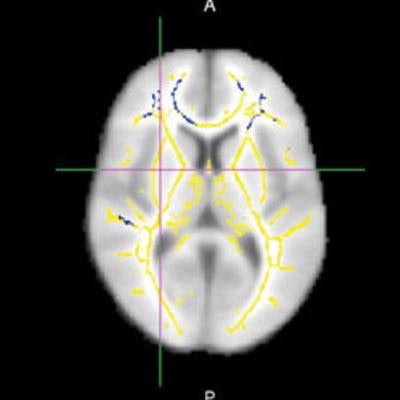
Diffusion-tensor MRI (DTI-MRI) could become a valuable way to assess a person's risk of developing Alzheimer's disease and rate of cognitive decline, according to a study being presented at the RSNA conference in Chicago.
Using DTI-MRI and metrics such as fractional anisotropy, the researchers achieved accuracy of 89% in predicting which patients would progress to Alzheimer's disease. Such advance warning could hasten interventions that slow the onset of cognitive decline.
"Alzheimer's disease is the most common cause of dementia in the world and is expected to increase globally, and especially in the U.S., as the population gets older," said lead author Dr. Cyrus Raji, PhD, from Washington University School of Medicine in St. Louis in a statement. "As we develop new drug therapies and study them in trials, we need to identify individuals who will benefit from these drugs earlier in the course of the disease."
Raji and colleagues have long been involved in Alzheimer's and dementia research. In a 2016 study, MRI scans performed four years apart detected a loss of brain volume in regions associated with chronic traumatic encephalopathy, the group found.
In the current study, the researchers turned to DTI to analyze white-matter integrity in the brain. The tools included fractional anisotropy, which measures the flow of water molecules along white-matter tracts. Higher fractional anisotropy values indicate normal water flow, while lower values indicate disrupted flow and the likelihood of white-matter damage.
Other widely used dementia prediction models, such as standardized questionnaires to measure cognition or tests for the ε4 variant of the apolipoprotein E (APOE) gene, have limitations, the researchers noted. Their prognostic accuracies are around 70% and often fail to identify many people who eventually develop dementia.
In their study, Raji and colleagues reported on 20 patients (average age, 73.4 ± 3.9 years) from the Alzheimer's Disease Neuroimaging Initiative (ADNI). Each subject underwent an MRI scan on a 3-tesla system (Siemens Healthineers or GE Healthcare) with protocols that included T1 volumetric imaging, magnetization-prepared rapid acquisition gradient echo (MP-RAGE), or spoiled gradient-recalled echo (SPGR). From the scans, the researchers obtained values for fractional anisotropy, mean diffusivity, axial diffusivity, and radial diffusivity maps.
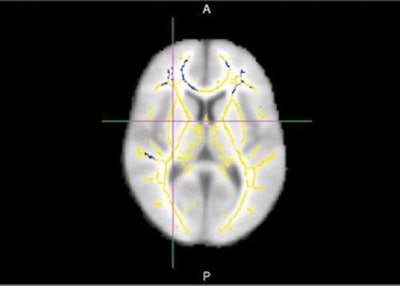 DTI-MRI shows areas of reduced fractional anisotropy, indicating damage in the brain's white-matter tracts. Image courtesy of Dr. Cyrus Raji and RSNA.
DTI-MRI shows areas of reduced fractional anisotropy, indicating damage in the brain's white-matter tracts. Image courtesy of Dr. Cyrus Raji and RSNA.Of the 20 patients, half experienced cognitive decline and Alzheimer's disease over various time points up to several years, and half remained cognitively normal. Among the global DTI measures, differences in fractional anisotropy corresponded with progression to Alzheimer's disease, the researchers found. Radial, axial, and mean diffusivity did not show any significant differences, they noted.



.fFmgij6Hin.png?auto=compress%2Cformat&fit=crop&h=100&q=70&w=100)

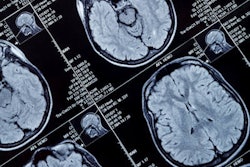
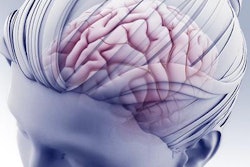
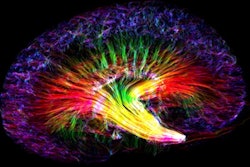
.fFmgij6Hin.png?auto=compress%2Cformat&fit=crop&h=167&q=70&w=250)











